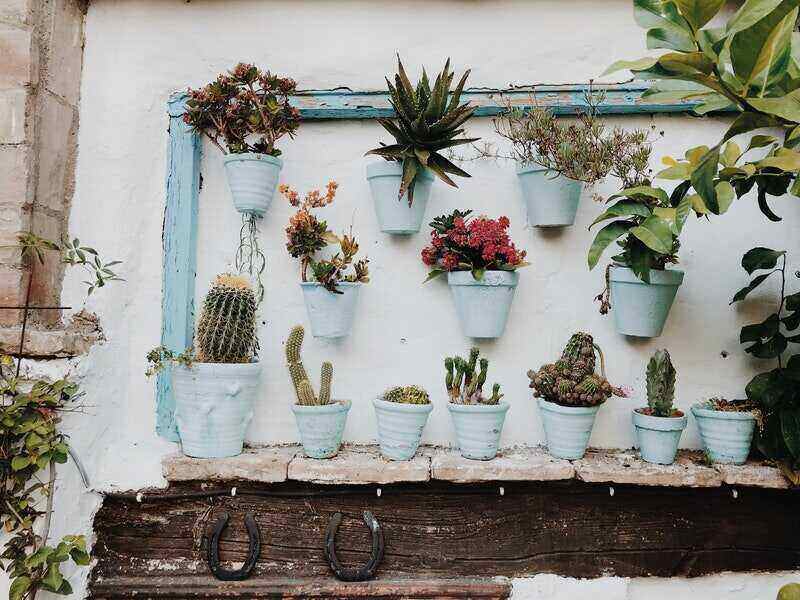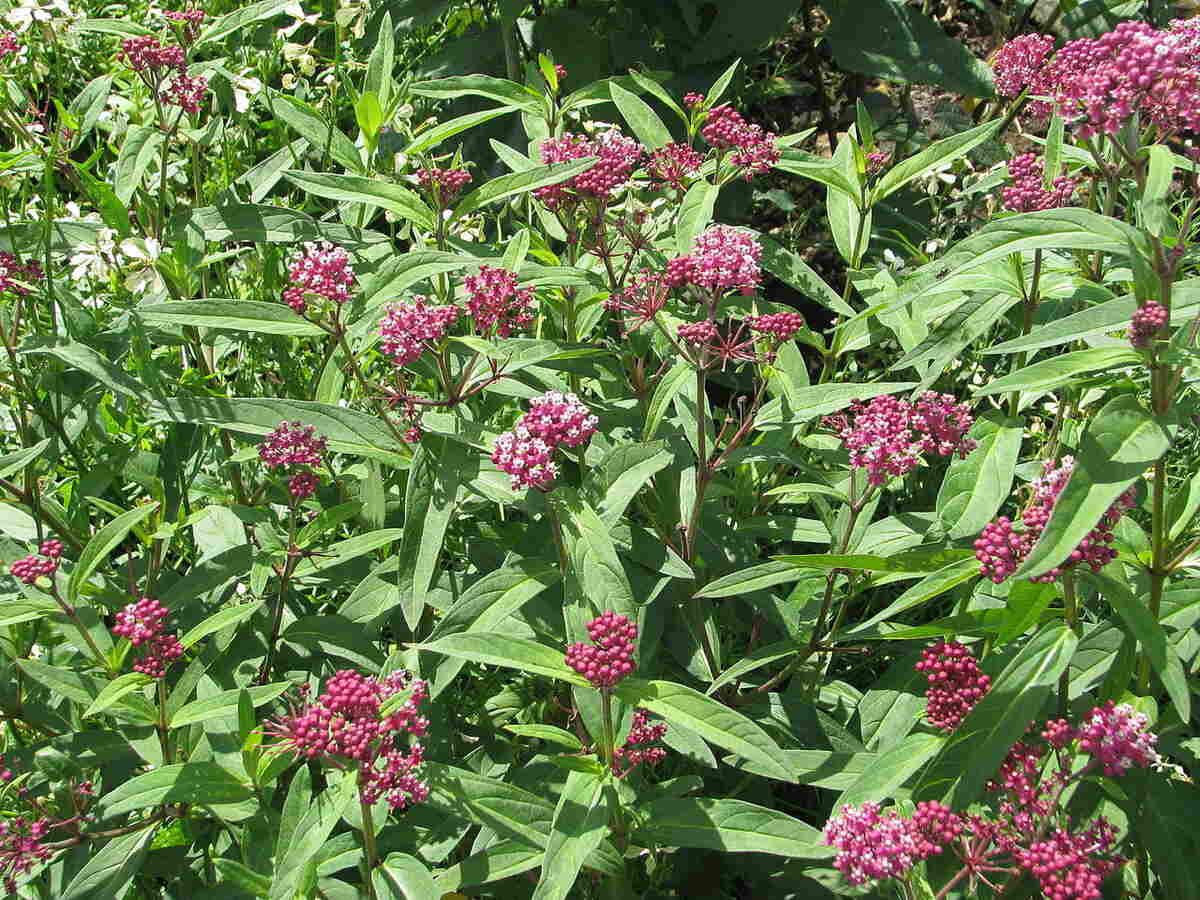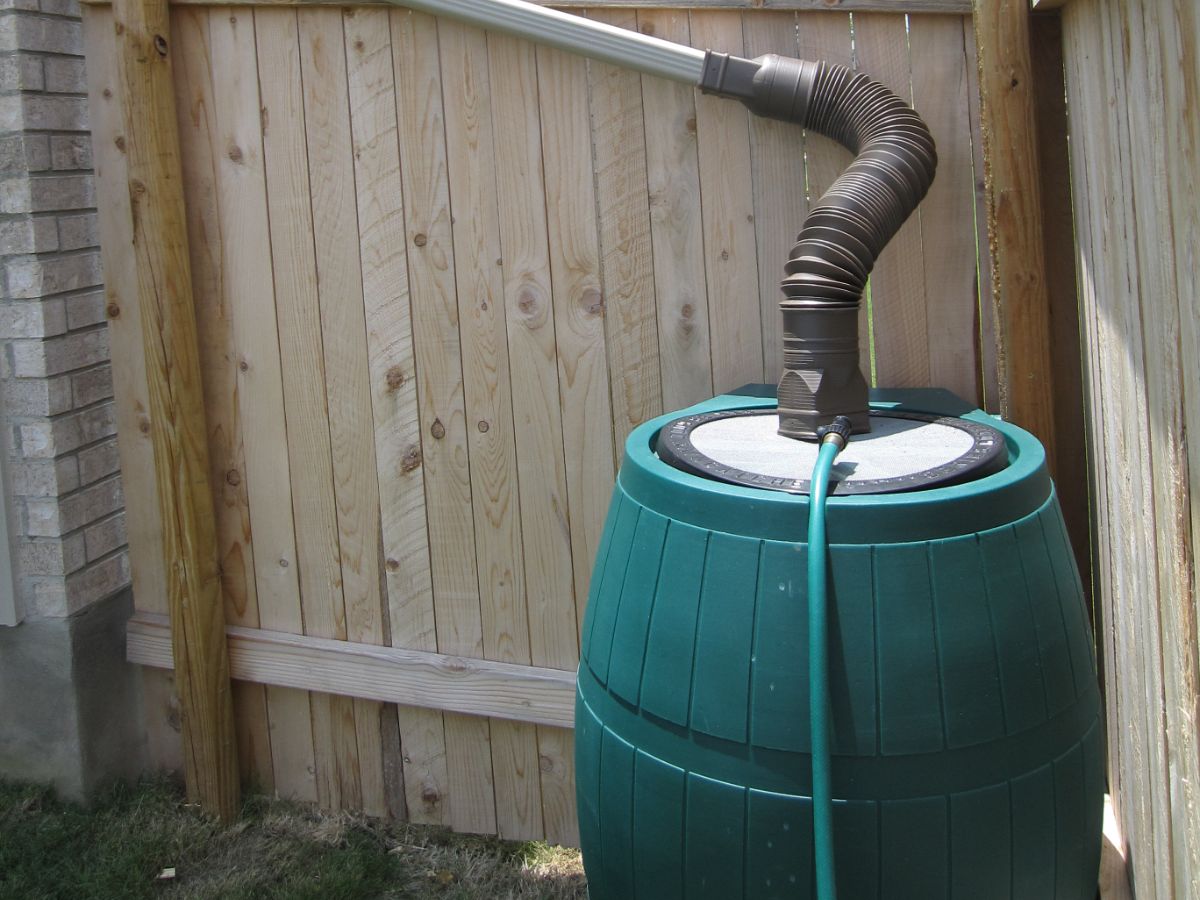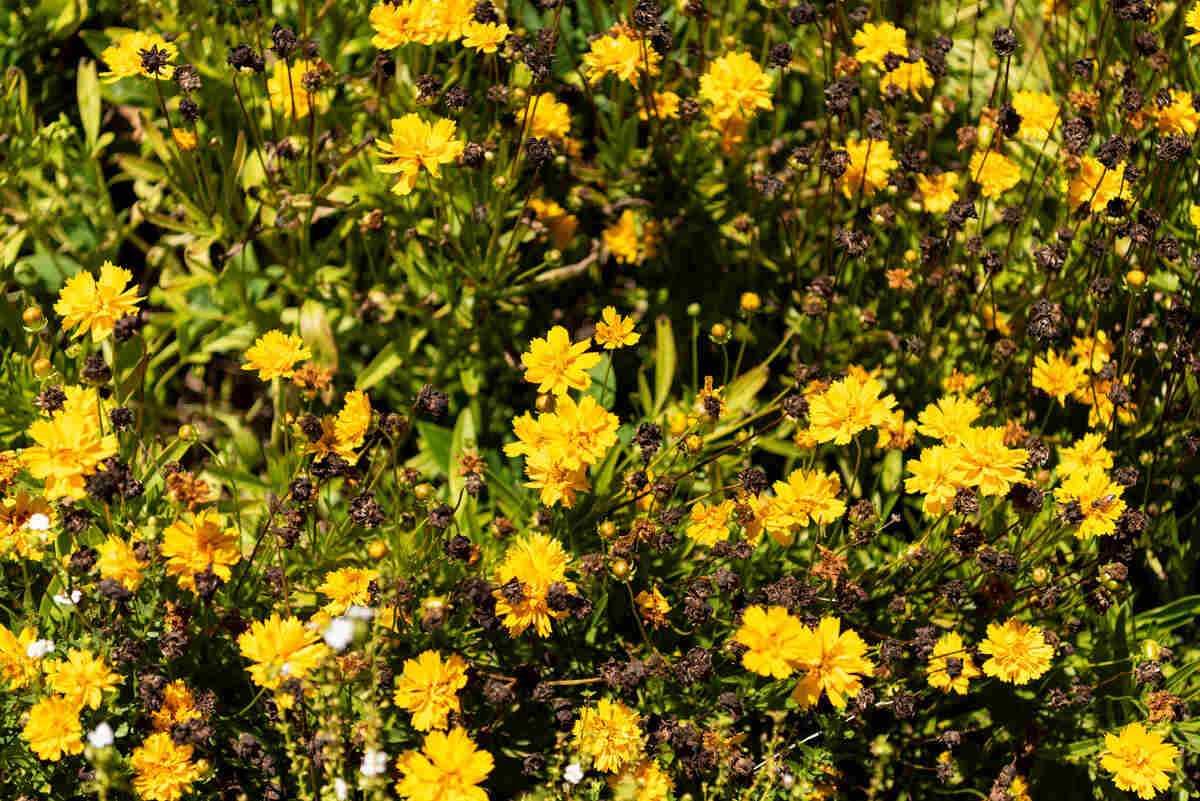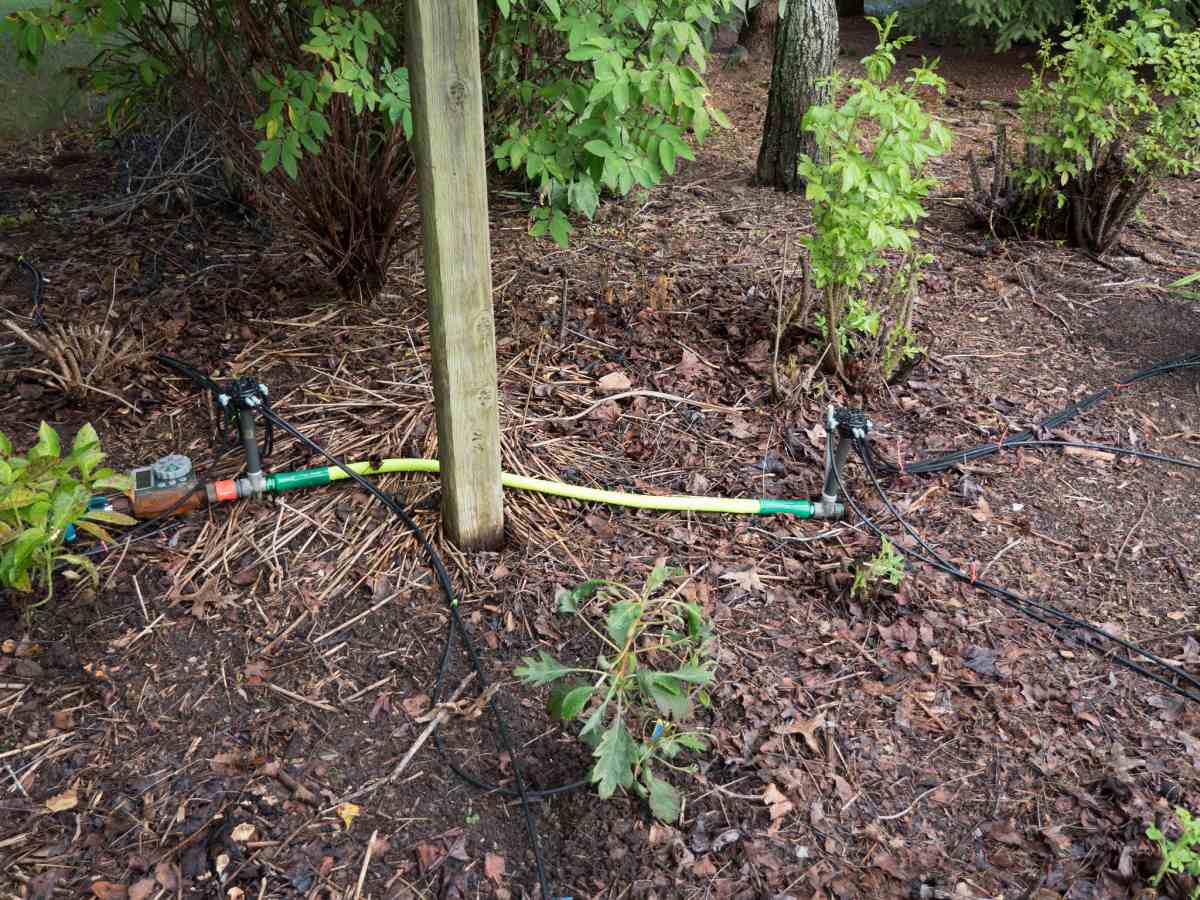
You recognize the importance of using less water in the garden, which is why you’re considering a drip irrigation system for your landscape. After all, drip irrigation is the most efficient way to water plants. But before you buy the first soaker hose you find, this beginner’s guide to drip irrigation systems will help you understand your options. From micro-misters to bubblers, a drip irrigation system comes in many shapes and sizes.
What is Drip Irrigation?
A traditional drip irrigation system is a network of tubes that deliver slow, low-pressure drips or light mists of water to a plant’s root zone. Farmers use drip irrigation for row crops. Plant-growing nurseries also use drip irrigation to water plants in the ground or in nursery pots. These are businesses where every drop counts.
Drip irrigation efficiency has made it popular among gardeners and landscapers, especially those interested in conserving their use of water.
Why Consider a Drip Irrigation System?
Maybe you are in a water-restricted community and need to reduce what you use in your landscape. Or maybe you’re moving toward a more sustainable landscape and have low-water plants.
Although restricted water usage is associated with California, the west and southwest, more areas of the United States have been affected by low rain or snowfall. For instance, the Mississippi River experienced less barge traffic because of low water in 2022. Long dry periods have prompted more gardeners and homeowners to be mindful of how much water their landscapes use and take steps to reduce the need.
Types of Drip Irrigation
Traditional Drip Irrigation
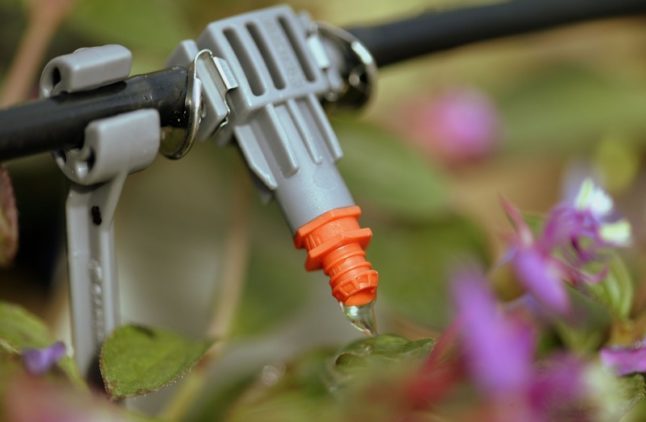
This is a system of narrow tubes and emitters. From the source, water moves through tubes that run along the soil surface through the landscape. Emitters, which deliver the water to the plant’s roots, are attached to the tubes.
Drip emitters or drippers apply water onto the soil surface near a plant or group of plants. Or, water can drip below the surface with tube-like emitters pushed into the soil.
Micro-misters
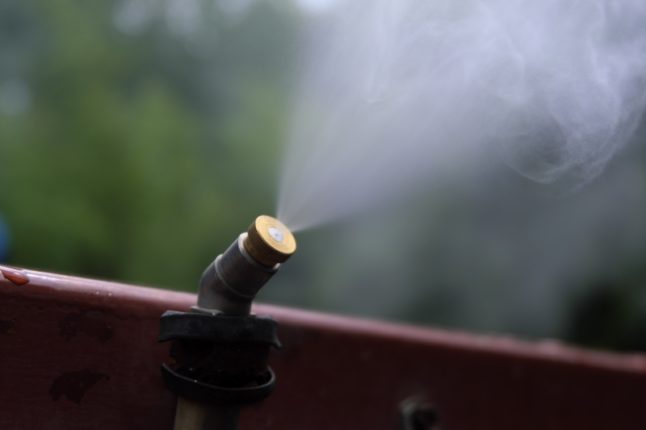
This above-ground system uses tubes to move water to an emitter that delivers a low spray of water (rather than drips) to the base of plants.
Bubblers
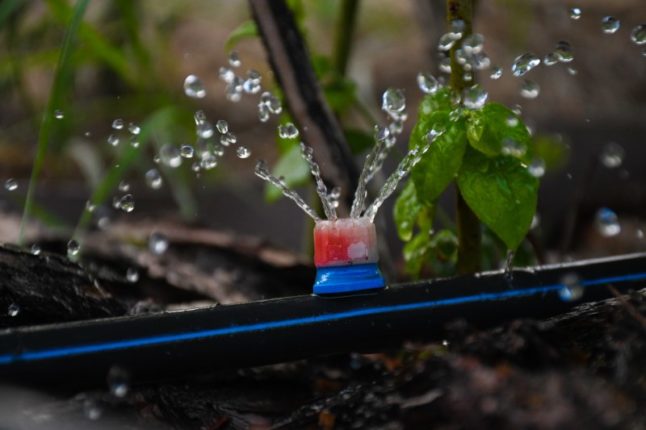
These emitters pop out of the ground and distribute water to cover about 3 inches. Bubblers can deliver water in several shapes, such as a 3-inch circle or square.
Soaker Hoses
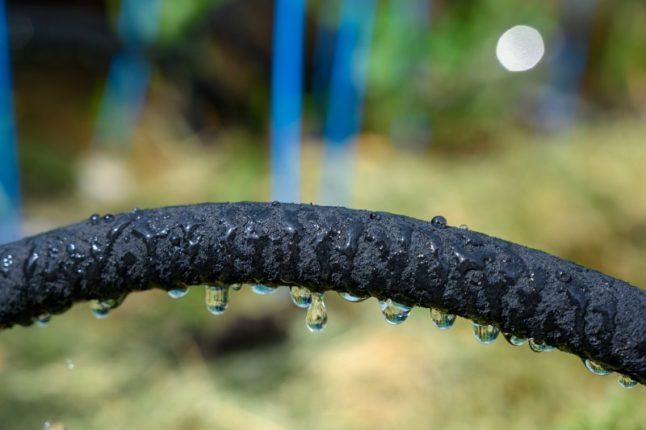
Soaker hoses (also known as drip tape) are made of porous material that seeps water into the ground. These are attached to a water source, such as a garden hose, faucet, or spigot. The soaker hose can be wrapped and wended among trees and shrubs, fruit trees, flower beds, vegetable gardens and other garden beds. Soaker hoses also work well in raised beds. Covering soaker hoses with mulch reduces evaporation even more.
Soaker hoses are much less expensive than a traditional or micro-mister system.
Cost of Drip Irrigation
Installing a drip irrigation system in the landscape costs $490 on average. But this cost varies significantly depending on the scale of the project. For example, you can buy a simple DIY drip irrigation kit for as little as $25. On the other hand, gardeners can expect to pay up to $800 for a professional to install a high-quality drip irrigation system covering 200 square feet.
DIY Drip Irrigation
Online retailers and home and garden centers sell DIY drip irrigation kits. The kits can be drip irrigation for containers, hanging baskets, and garden beds. Before starting the DIY project, figure out your water’s flow rate (gallons per minute) for the best results.
FAQ About Drip Irrigation Systems
Traditional and micro-mist tubing, drip lines, and emitters are made of plastic or PVC manufactured to perform well in landscape conditions.
Yes, as long as a rain sensor is part of the system. The sensor measures how much rain is falling and regulates when the next drip irrigation should occur.
It reduces the use of a precious resource, including through evaporation, while ensuring your plants’ roots get the water they need, where, and when they need it.
Usually, clogged emitters or water filters cause problems. The clogging can be cleared or sometimes emitters, tubing, or filters will have to be replaced. Regular maintenance is required for the efficient performance of drip irrigation systems.
When to Call a Pro
Some people may feel comfortable enough with their DIY skills to install a drip irrigation system. But for others, especially beginners, it’s best to call a landscaping pro. That’s because there are engineering and water quality aspects involved in successful drip irrigation installation. An expert is trained to develop the irrigation map, ensuring the system’s water pressure is adequate and delivers the appropriate amounts to specific zones.
Main Photo Credit: F. D. Richards / Flickr / CC BY-SA 2.0
